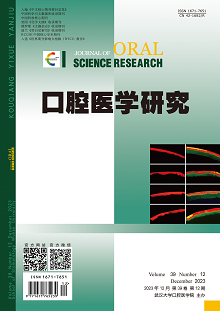|
|
Analysis of Registration Status of Oral Squamous Cell Carcinoma Clinical Trials Based on ClinicalTrials.gov Database
WANG Ren, ZHOU Shijie, GUO Jincai
2023, 39(12):
1080-1084.
DOI: 10.13701/j.cnki.kqyxyj.2023.12.010
Objective: To investigate the current status and trends of clinical research in oral squamous cell carcinoma (OSCC) worldwide based on Clinicaltrials.gov, and to provide new ideas for clinical research and treatment of OSCC. Methods: The data of clinical trials for OSCC registered on Clinicaltrials.gov were searched from inception to March, 2023. Statistical analysis was performed on the annual trend, regional distribution, clinical stage, type of study and number of subjects, sources of funds, and number of institutions. Results: A total of 332 clinical registries of OSCC were included, with the top three countries with the highest number of registrations being the United States (188,56.63%),China (37,11.14%),and France (18,5.42%). 83.43% were intervention studies and 16.57% were observational studies. Within 277 intervention trials, 204 were drug intervention clinical trials (73.65%), of which 79 were monoclonal antibody drug studies (28.52%) and 60 items were cisplatin (21.66%). Within 119 parallel trials, 105 (88.24%) were randomized and 44 (36.97%) were blinded. About one-third (111,33.43%) of the 332 studies were assigned to phase II trials, with more than half (177,53.31%) having fewer than 50 participants. Conclusion: Regional imbalance exists in clinical studies of OSCC, and high quality clinical studies with multi-center, large sample, and triple blind control are insufficient. Therefore, training and review of clinical trial registration should be strengthened to promote the high quality clinical trials of OSCC. It might be helpful for promoting the optimization of treatment programs.
References |
Related Articles |
Metrics
|

